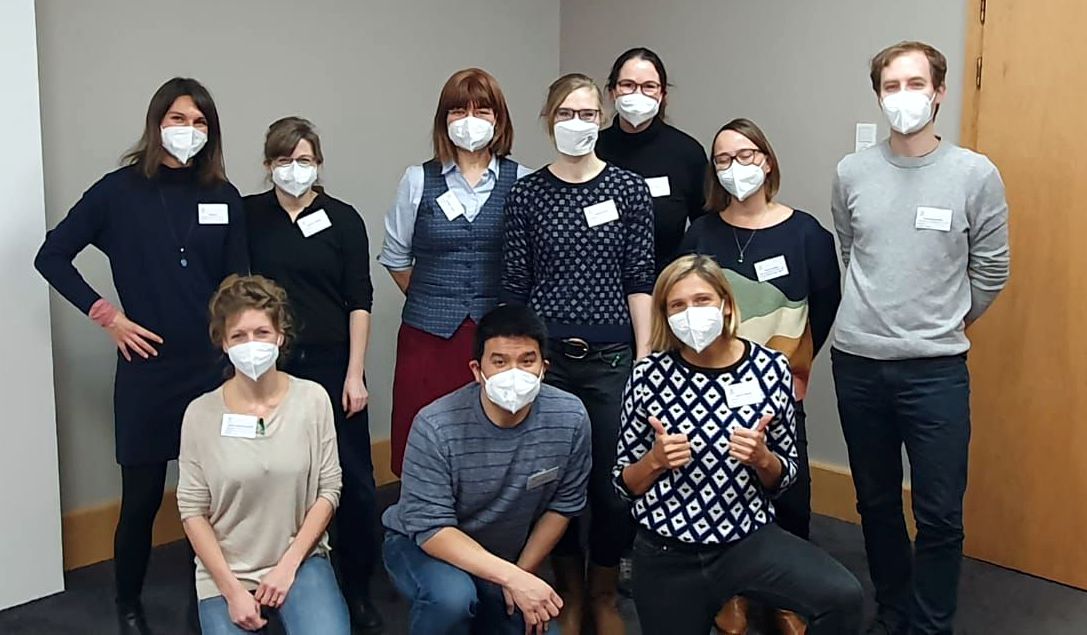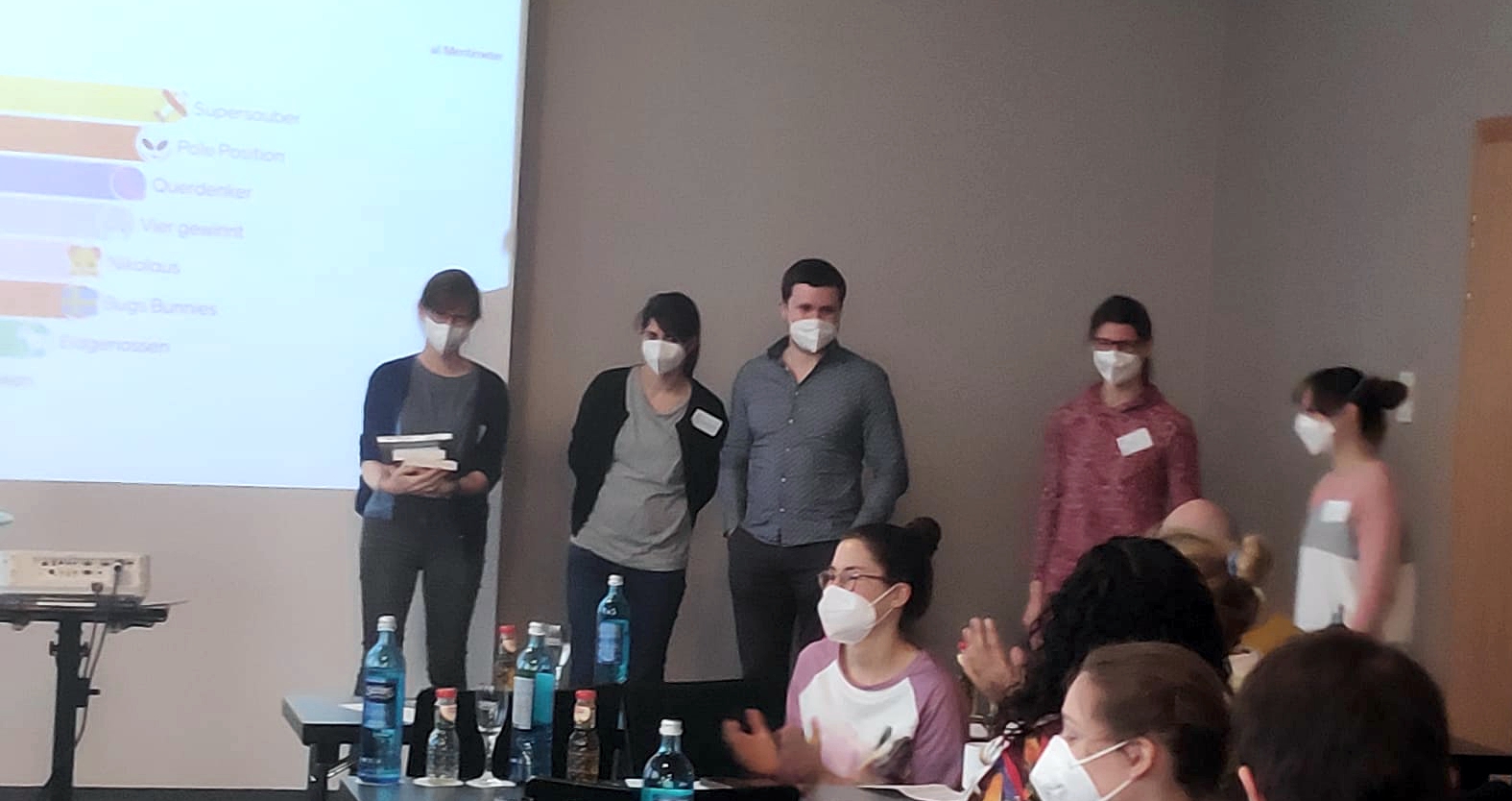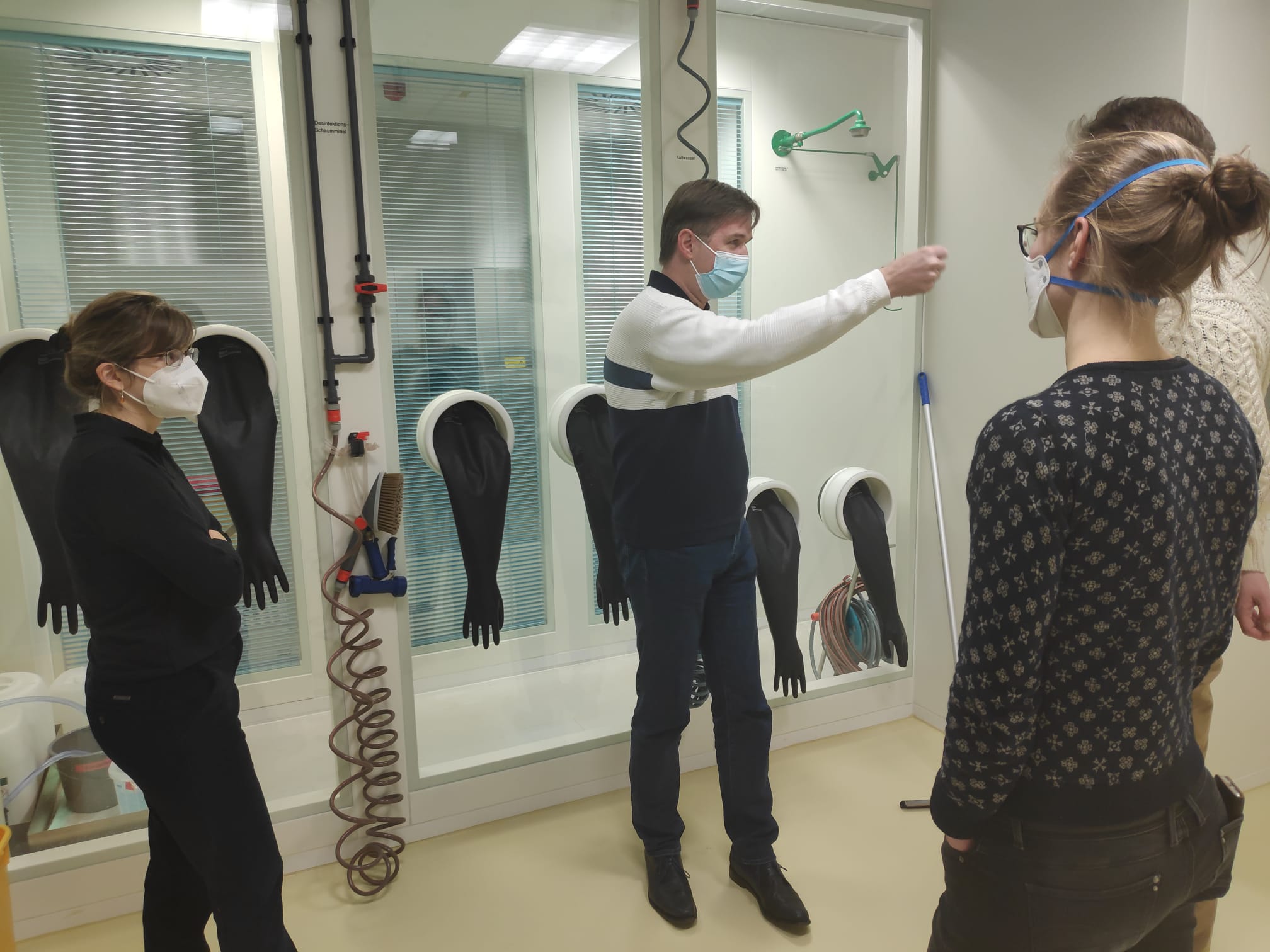Networking meeting of young infectious disease professionals in Ratingen, Germany.
Medicine distinguishes between communicable and non-communicable diseases. The former fall under the remit of infectious medicine. Defining infectious medicine itself is much more complex than it might seem at first glance. The range of pathogens causing infectious diseases is wide. In addition to viruses and bacteria, parasites, fungi or prions can also be causative agents. In addition, the modes of transmission, courses of disease and therapies differ fundamentally from one another. Various players are involved in the treatment, research, prevention and control of infectious diseases.
It is therefore not always easy for young doctors and researchers to find their way around the complex field of infectious medicine. The discipline is composed of virology, microbiology, hygiene/environmental medicine, pharmacy, tropical medicine, pediatrics, immunology, epidemiology, public health and other disciplines. In the context of zoonotic pathogens and One Health, the various disciplines of veterinary medicine, as well as various disciplines of life sciences, agricultural and environmental sciences are added to this.

Fig. 1: Organizing team of the first networking meeting of jUNITE e. V.
A good network is therefore indispensable in infectious medicine. In order to facilitate interdisciplinary networking at an early stage of a career, the Young Network of Infection Medicine e. V. (jUNITE) was founded. The founding members are representatives from the junior divisions of various professional societies and associations. These include the Zoonoses Platform.
From November 26 to 28, the first networking meeting of jUNITE took place under a strict hygiene concept. The program included exciting presentations on guidelines for the treatment of COVID-19 and HIV patients, infection epidemiology and outbreak management in hospitals (Fig. 2), as well as tuberculosis and the role of the Public Health Service.

Fig. 2: Prof. Nico Mutters from Bonn University Hospital explained infection dynamics and principles of outbreak management.
In various workshops, the participants were able to deal more intensively with different aspects of infectious medicine, for example with the infectious disease ward round or infectious disease diagnostics in the field. For a successful career in research, however, interdisciplinary skills are required in addition to specialist knowledge. Therefore, a workshop on the design of scientific posters was also offered, as well as a workshop on interdisciplinary project proposals led by the Zoonoses Platform.
In the latter, participants compiled an extensive list of relevant disciplines in One Health research (Fig. 3A) and created an overview of necessary prerequisites for interdisciplinary research (Fig. 3B). It became clear how broadly the young infectious disease physicians and scientists already think of the term One Health and that they are aware of the challenges but also the opportunities of interdisciplinary research projects. The workshop impressively demonstrated the willingness of young researchers to overcome the pigeonholing in their disciplines in order to meet current challenges in science. The workshop presented and discussed the project formats of the Zoonoses Platform as good examples of suitable funding formats.
Fig. 3: Results of the jUNITE group work on A) relevant disciplines in One Health research and B) prerequisites for interdisciplinary research.
In further exciting presentations, experts shared their knowledge on how to deal with scientific publications, gave insights into the scientific review process of proposals and presented instruments of career support (mentoring).
The breaks between the individual program points and the joint dinners were also valuable components of the event, as they offered those present the opportunity to exchange ideas with each other, learn about new things, and develop ideas for future collaborations. The good mood resulted in a spontaneous poster slam on tuberculosis on Saturday evening, which earned thunderous applause.
How diverse infectious medicine is was once again shown in a short round of introductions of different specialties: From pediatric tropical medicine to veterinary virology, the speakers gave insights into their diverse fields of activity and were peppered with numerous interested questions from the audience.
The networking meeting was concluded by a quiz, with questions across the board from infectious medicine, in which the participants in interdisciplinary groups could demonstrate their knowledge. The winning team won books from the field of infectious medicine* (Fig. 4). Those who still had time were able to take part in a guided tour of the high-security ward of the University Hospital Düsseldorf (Fig. 5).

Fig. 4: The team "Supersauber" won the quiz and thus a selection of books

Fig. 5: Impression of the high-security ward of the University Hospital Düsseldorf, where a guided tour was offered to all interested after the end of the meeting.
The meeting showed how diverse infectious medicine is and how valuable early networking can be in this field. After all, looking beyond one's own nose is helpful in being able to place one's own field of activity in a larger context. This can help improve the quality of research and shape the personal career path.
After the successful debut, the jUNITE network meeting will now take place at regular intervals in the coming years. Information about future events can be found promptly on the jUNITE website and on the Zoonoses Platform website.
*sponsored by the book authors
Text: Dr. Dana A. Thal, German Research Platform for Zoonoses



